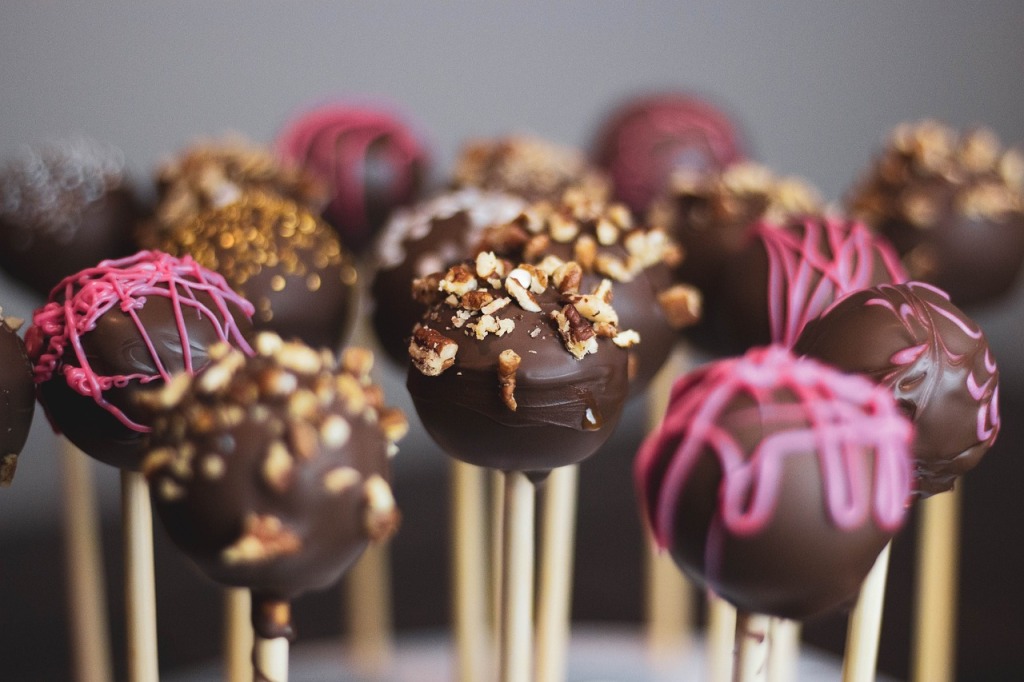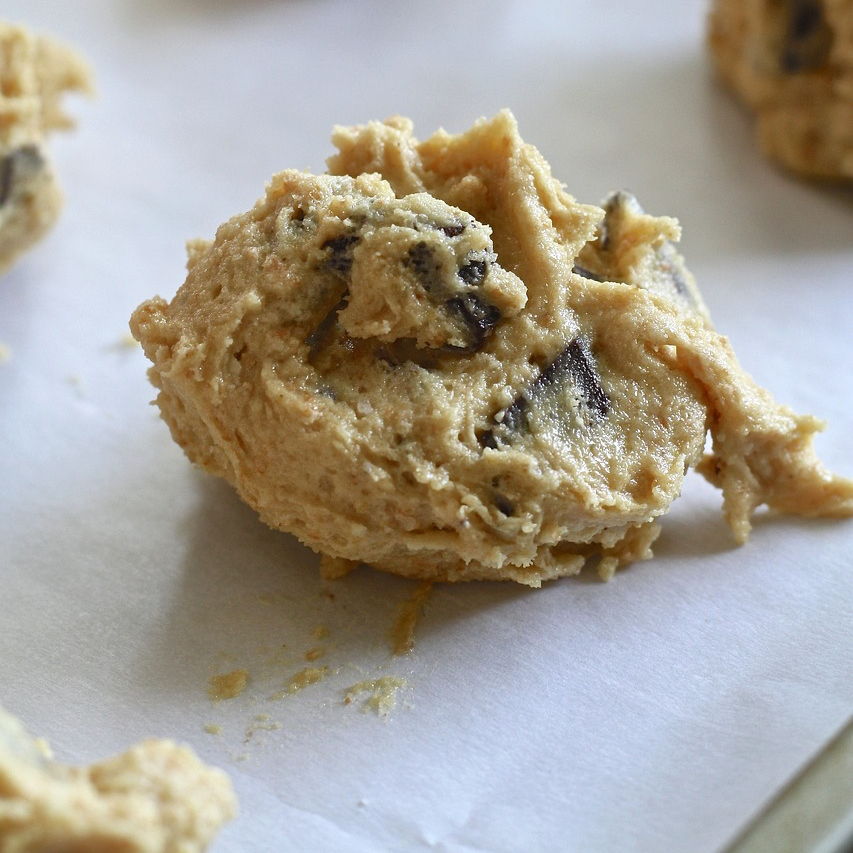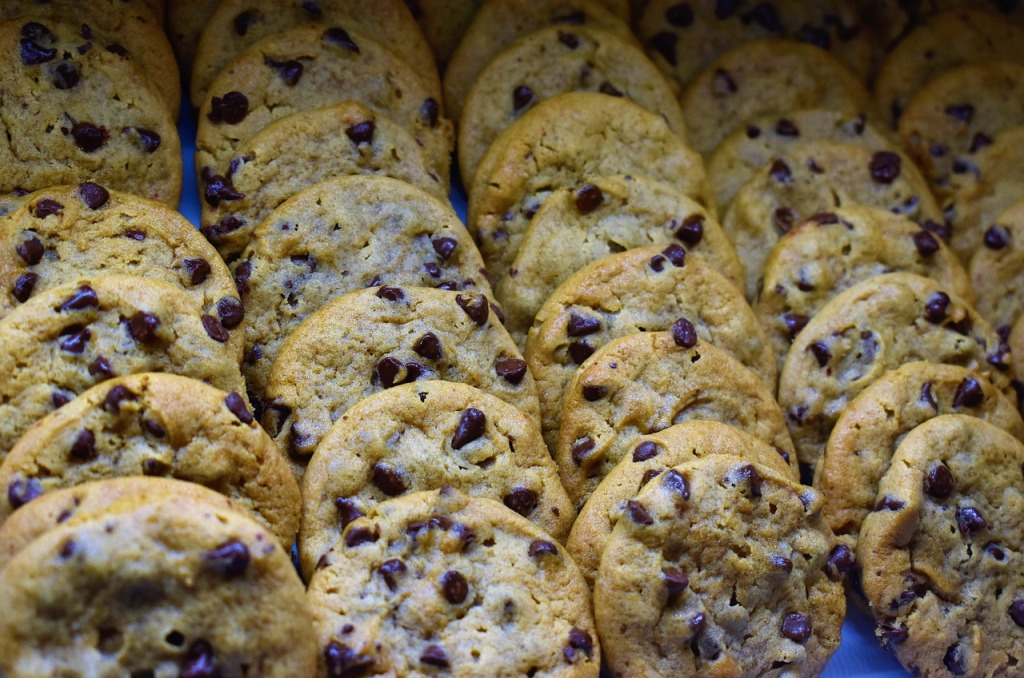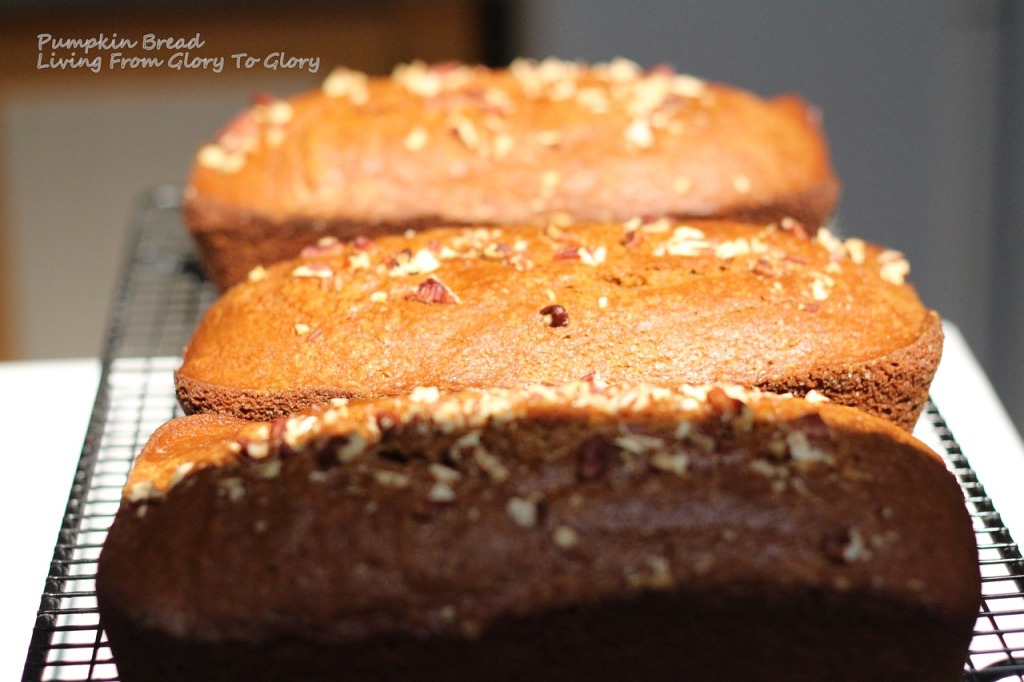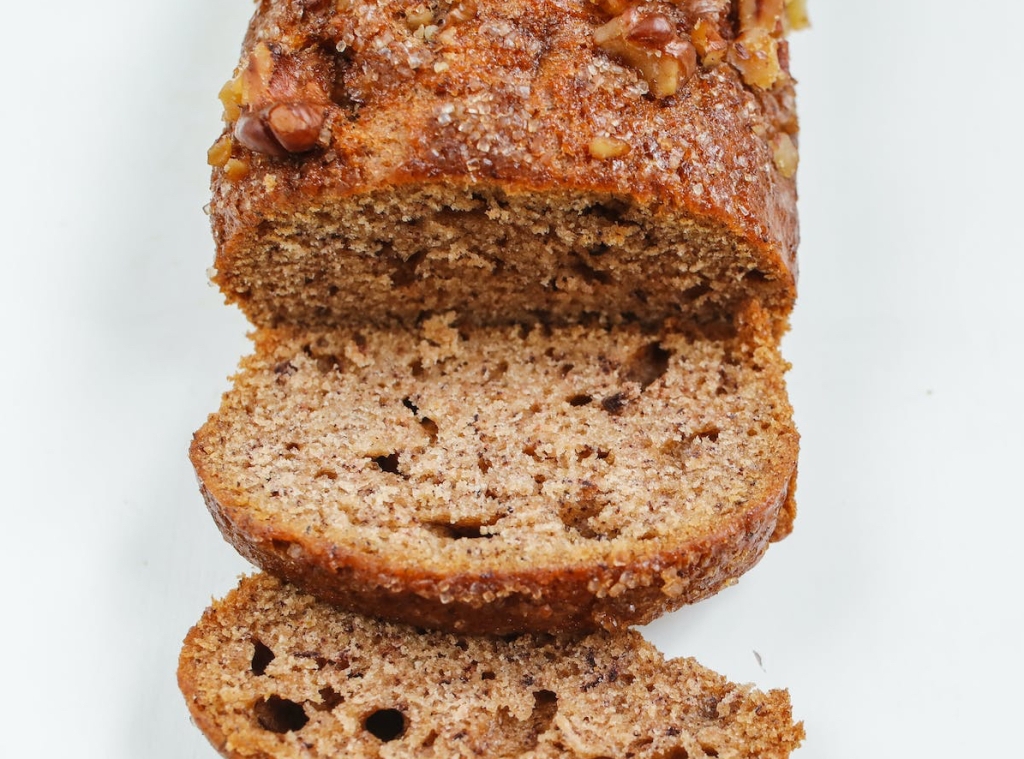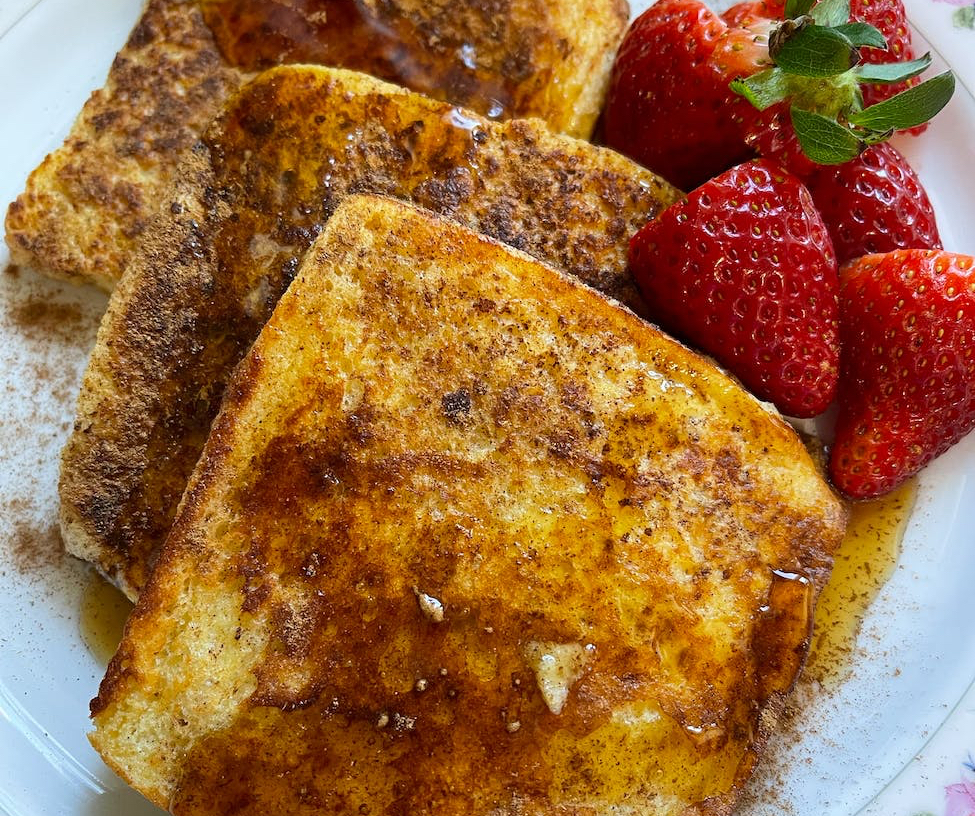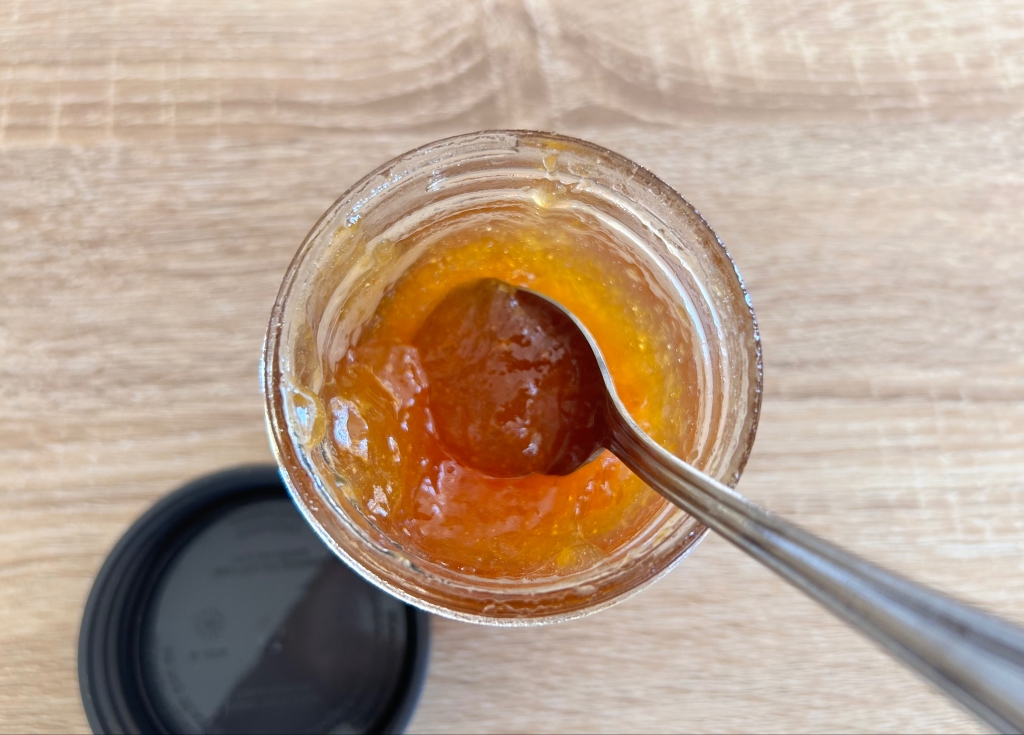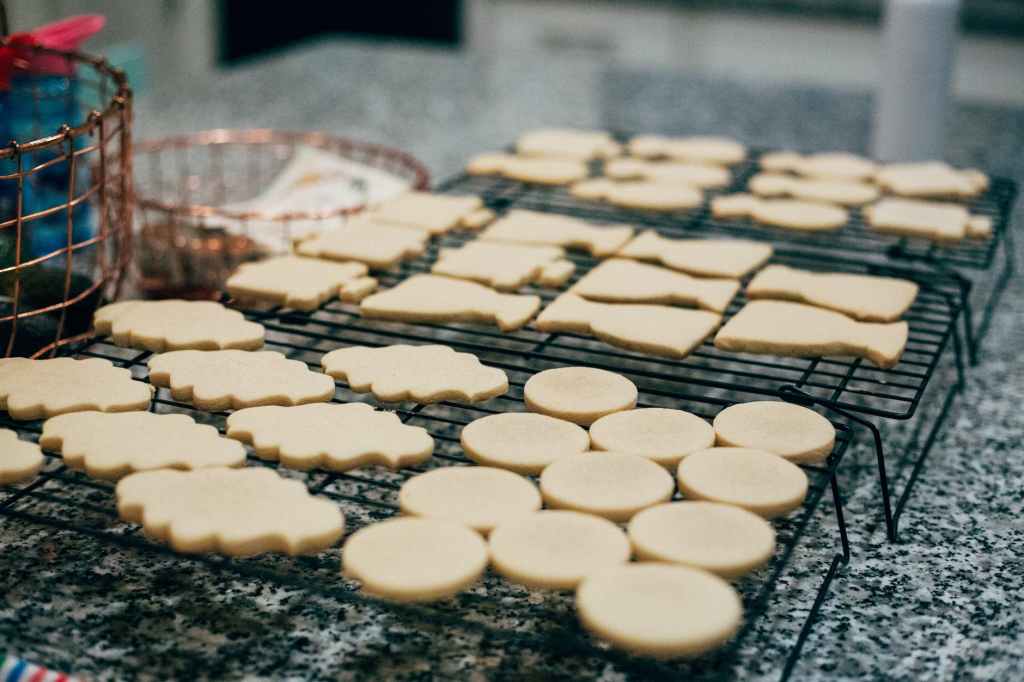Butter cookies, also known as shortbread cookies, are one of the best treats for the Fall and Winter season, holidays, or celebrations. Growing up in Chicago, butter cookies were always a staple snack for school lunch. These tasty and addictive treats were commonly sold throughout Chicago’s local neighborhoods and were enjoyed during the Winter season. Today I will show you how to make these delicious treats you’ll enjoy with your family or friends.
What Are Butter Cookies Made Of
Butter cookies, also known as shortbread cookies, are a classic type of cookie that is characterized by its rich, buttery flavor and tender, crumbly texture. These cookies are made with a relatively simple and straightforward combination of ingredients, with butter being a key component.
Butter cookies can be shaped and flavored in various ways. They are often rolled into a log, chilled, and then sliced into rounds, or they may be rolled out and cut into various shapes using cookie cutters. They can also be flavored with ingredients such as lemon zest, almond extract, or even chocolate chips to create different variations.
After shaping and flavoring the dough, it is typically baked in the oven until the cookies are just golden around the edges. Butter cookies are known for their melt-in-your-mouth texture and crumbly consistency, making them a beloved treat enjoyed on their own or alongside a cup of tea or coffee.
Read below to learn the 5 basic ingredients to make the simple butter cookie recipe.
5 Ingredients Used in Simple Butter Cookie Recipe
Butter
Unsalted butter is often used to provide the cookies with their rich and buttery flavor. The quality of butter can greatly influence the taste and texture of the cookies. Make sure to use high quality butters (ex. USDA Grades AA or A) when making butter cookies.
Learn about the different types of butter in our article The Best Fat for Baking.
Sugar
Granulated sugar is commonly used to sweeten the cookies. Try not to use raw or course sugar. Raw or course sugar is difficult to cream with butter and creates a lumpy texture and mixture. When preparing the cookie dough, cream together the granulated sugar with the butter to create a smooth, homogeneous mixture.
Flour
All-purpose flour is the primary dry ingredient, providing structure to the cookies. It is mixed into the butter and sugar mixture to form the dough. Pastry flour or cake flour can also be used to make butter cookies. Low protein content in the fine textured flours help create a soft fine textured cookie. To learn about these great flours for baking, read Types of Flours and Their Uses for Baking article.
Vanilla Extract
Vanilla extract is a common flavoring added to butter cookies to enhance their taste. It provides a pleasant and aromatic vanilla flavor. Vanilla extract can be purchased from your local grocer or made at home. Both methods will offer great flavor to melt in your mouth butter cookies.
Salt
Fine salt is a great addition to a simple butter cookie recipe. The small amount of salt is usually added to balance the sweetness and enhance the overall flavor of the cookies.
Where Did Butter Cookies Originate
The exact origin of butter cookies is difficult to pinpoint, as variations of these cookies have been made in various cultures for centuries. Shortbread cookies, the precursor to modern butter cookies, has a long history in Scotland, where it was traditionally made with just three ingredients: butter, sugar, and flour. Although centuries have passed, butter cookies have maintained its traditional form.
One of the earliest known recipes for shortbread dates back to the 16th century in Scotland. Initially, shortbread was a luxury reserved for special occasions, such as weddings and holidays, due to the high cost of its primary ingredient, butter. The term “short” in shortbread refers to the crumbly texture achieved by using a significant amount of butter in the recipe.
As for the invention of butter cookies in their various forms and flavors, it is likely that different cultures and bakers contributed to the development and popularization of these cookies over time. The addition of flavorings like vanilla and other ingredients such as nuts or chocolate chips would have evolved as people experimented with the basic shortbread recipe.
In Denmark, for example, Danish butter cookies became well-known for their distinctive round, flat shape and signature tins, which gained popularity in the mid-20th century.
In summary, butter cookies, as a category of cookies, do not have a single inventor but rather evolved over time as variations of shortbread in different regions and cultures. They continue to be a beloved treat worldwide today.
What’s the Difference Between Butter Cookies vs Sugar Cookies
A while ago, I remember searching for a basic butter cookie recipe. Most of my search resulted in a sugar cookie recipe. I enjoy butter cookies and sugar cookies. Both are popular types of cookies, but they have some key differences in terms of ingredients, flavor, texture, appearance and customization.
Read below to learn the 4 types of differences between butter cookies and sugar cookies.
1. Ingredients
Butter Cookies: As the name suggests, butter is a prominent ingredient in butter cookies. They typically contain a higher proportion of butter to flour, resulting in a rich, buttery flavor. The dough for butter cookies is relatively simple and doesn’t always include eggs.
Vs
Sugar Cookies: Sugar cookies, on the other hand, have a more balanced mix of ingredients. While they also contain butter, they often include eggs, granulated sugar, and sometimes a small amount of baking powder or baking soda. Sugar cookies tend to be sweeter than butter cookies due to the higher sugar content.
2. Flavor
Butter Cookies: Butter cookies are known for their rich, buttery flavor, which is their defining characteristic. They have a subtle sweetness that complements the buttery taste.
Vs
Sugar Cookies: Sugar cookies are sweeter in flavor due to their higher sugar content. They have a more neutral taste compared to butter cookies and can be customized with various flavorings like vanilla, almond extract, or citrus zest.
3. Texture
Butter Cookies: Butter cookies have a tender and crumbly texture. They often melt in your mouth and are known for their delicate, almost sandy consistency.
Vs
Sugar Cookies: Sugar cookies tend to be softer and have a chewier texture, especially when baked properly. They can be rolled out and cut into various shapes without losing their structural integrity.
4. Appearance
Butter Cookies: Butter cookies are often simple in appearance and may be round, rectangular, or formed into basic shapes. They are sometimes decorated with a sprinkle of sugar or a simple glaze.
Vs
Sugar Cookies: Sugar cookies are popular for their decorative potential. They can be rolled out and cut into intricate shapes, making them a popular choice for holiday and special occasion cookies. They are often elaborately decorated with icing, sprinkles, or colored sugar.
5. Customization
Butter Cookies: Butter cookies are less customizable in terms of shape and decoration. They are usually kept relatively plain compared to sugar cookies.
Vs
Sugar Cookies: Sugar cookies are highly customizable and are often used for decorating with royal icing, creating intricate designs, and adding food coloring for vibrant hues.
While both butter cookies and sugar cookies are delicious treats, they have distinct characteristics. As shown above, butter cookies are known for their rich buttery flavor and crumbly texture, whereas sugar cookies are sweeter, more versatile for decorating, and have a chewier texture when baked correctly. The choice between them often depends on personal preference and the occasion. Take time to make butter cookies and sugar cookies to learn the difference in texture and taste in real time.
4 Best Icing Ideas for Butter Cookies
When decorating butter cookies, you have several icing options to choose from depending on your desired appearance and flavor. Here are four popular types of icing for decorating butter cookies.
Royal Icing
Royal icing is a classic choice for decorating cookies. It dries hard and smooth, creating a polished look. It’s made from powdered sugar, egg whites (or meringue powder), and a small amount of water. Royal icing can be piped onto cookies to create intricate designs, flooded to cover larger areas, and colored with food coloring. It’s ideal for intricate and detailed designs and can be used to create a glossy finish.
Buttercream Icing
While buttercream is more commonly used for frosting cakes and cupcakes, it can also be used for decorating butter cookies. Buttercream icing is soft and creamy, which makes it suitable for creating a more textured and less formal appearance. Simply pipe buttercream onto cookies, create rosettes, swirls, or other decorative shapes at your desire. Additionally, buttercream can be flavored with various extracts or add-ins like chocolate or fruit puree for extra flavor. The baking world is your oyster, fill it all the creativity you desire.
Decorative Gel Icing
Decorative gel icing or writing icing is a ready-made, tube-style icing that comes in various colors. It’s convenient for adding small details, writing messages, or drawing simple designs on cookies. These gels are often used for quick and easy decorating.
Colored Sugar or Sprinkles
If you want a simple and quick way to add color and texture to your butter cookies, you can use colored sugar or sprinkles. Simply sprinkle them over the cookies after applying a thin layer of icing or while the icing is still wet.
The choice of icing depends on your skill level, the desired look, and the occasion. Royal icing and buttercream are versatile options for creative decorations, intricate designs and a glossy finish, while decorative gel icing and colored sugar are quick and easy options for beginners. Consider your preferences and the style you want to achieve when selecting the icing for your butter cookies.
The Best Simple Butter Cookie Recipe
Try our simple butter cookie recipe that melts in your mouth. It’s a danish butter cookie made with only 5 ingredients. This recipe will yield about 24-36 cookies, depending on the size of your cookie cutter.
Ingredients:
-1 Cup (226 g) Unsalted Butter, softened
– ½ Cup (100 g) Granulated Sugar
– 2 ¼ Cup (280 g) All-purpose Flour
– ¼ tsp (1.5 g) Fine Salt
– 2 tsp (8 g) Vanilla Extract (optional, for flavor)
Directions:
1. Preheat the Oven:
Preheat your oven to 350°F (175°C). Line a baking sheet with parchment paper or lightly grease it.
2. Cream the Butter and Sugar:
In a large mixing bowl or stand electric mixer, cream together the softened butter and granulated sugar until it becomes light and fluffy.
3. Add Vanilla Extract (Optional):
If you want to add a hint of vanilla flavor, you can mix in 2 teaspoon of vanilla extract at this stage. This is optional, and you can skip it if you prefer plain butter cookies.
4. Combine Dry Ingredients:
In a separate bowl, whisk together the all-purpose flour and salt.
5. Mix the Dough:
Gradually add the dry ingredients to the butter and sugar mixture. Mix until a soft dough forms. Be careful not to overmix; you want the dough to just come together.
6. Chill the Dough:
Shape the dough into a disc or rectangle and wrap it in plastic wrap. Refrigerate the dough for at least 30 minutes. Chilling the dough makes it easier to work with and helps the cookies hold their shape during baking.
7. Roll and Cut the Cookies:
On a lightly floured surface, roll out the chilled dough to your desired thickness, usually about 1/4 to 1/2 inch thick. Use cookie cutters to cut out shapes and place them on the prepared baking sheet. You can reroll and cut the dough scraps until it’s all used.
8. Bake:
Bake the cookies in the preheated oven for about 12-15 minutes or until the edges start to turn a light golden brown. Keep an eye on them, as baking times may vary depending on the size and thickness of your cookies.
9. Cool:
Remove the cookies from the oven and allow them to cool on the baking sheet for a few minutes before transferring them to a wire rack to cool completely.
10. Decorate (Optional):
Once the cookies are completely cool, you can decorate them with icing, sprinkles, or enjoy them plain.
11. Store:
Store the butter cookies in an airtight container at room temperature. They should stay fresh for several days.
In Summary,
Butter cookies are a versatile cookie that can be found in many cultures, with variations like Danish butter cookies, Scottish shortbread, or Italian butter cookies, each with its unique twists on the classic recipe. These butter cookies are deliciously buttery, with a melt in your mouth sandy texture and they are often a popular choice during the holiday season. Feel free to get creative with shapes and decorations to suit the occasion or package them in tins or boxes as gifts.
Happy Baking!
Want to Learn More?
Subscribe for more posts like this
Is there anything else you’d like to know about baking and wish it was included in this article? Let us know by leaving a comment below.
About Gabby…
Gabby is a hobbyist who enjoys baking for family and friends. She created this blog to provide a comprehensive guide to baking for the everyday baker. Follow her on Reddit, Pinterest, Tumblr, Facebook, or become a member of the Blabby Gabby community to get the latest information where she will discuss fundamentals, recipes, historical facts or other content related to baking quick breads, yeast breads and pastries.
Disclosure: Please note that some of the links in the article are affiliate links. Other links are internal links that connect you to in-depth content, within the blog, that relate to the topic of discussion. I’ll earn a commission if you decide to use one of the affiliate links listed in the article for your personal use. My goal is to provide you with quality content and only recommend the products and services I’ve personally used, researched, and stand behind. If you use one of the affiliate links, then the company will compensate me. This compensation helps me run this blog and keep my in-depth content free of charge for readers and/or subscribers.

